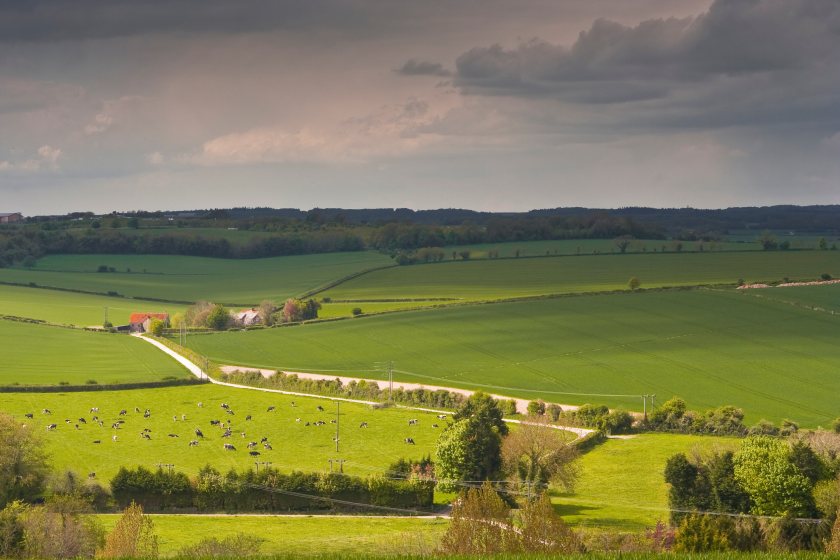
The farmland market in England continues to show activity and resilience, with early figures from 2025 indicating land prices remain broadly consistent with late 2024.
Strutt & Parker has noted a shift in buyer sentiment influenced by recent changes to inheritance tax, a pause in the Sustainable Farming Incentive (SFI), and pressure on farm incomes.
Despite these headwinds, values have stayed firm, though buyers are becoming more discerning, according to the firm's new analysis.
Sam Holt, head of farm agency said: "While this is having some influence on supply and demand, the impact is not dramatic and prices have been holding firm.”
He added that location remains key, with demand also stronger for commercial farms with high quality soils.
The market is slower in more remote areas with few diversification opportunities and for farms with a large residential element, which reflects broader trends in the housing market.
“The most sought-after assets currently are high-quality Grade 1 land and farms or estates which can generate additional revenue streams without requiring significant upfront investment,” he said.
“In contrast, properties with large residential portfolios or redundant buildings requiring conversion are facing more scrutiny due to high building costs and policy changes such as the Renters' Rights Bill.”
Data from Strutt & Parker’s Farmland Database shows only 24 farms were brought to market in Q1 2025, down from 32 the previous year.
However, total acreage marketed rose to 9,600—20% above the five-year average—thanks to several larger listings.
Early 2025 sales suggest arable land is trading between £8,300 and £13,500 per acre, and pasture between £5,000 and £9,400.
This is in line with 2024’s averages of £11,300 for arable and £9,100 for pasture.
Looking ahead, Mr Holt expects supply to rise through Q2 and Q3, though not significantly enough to shift the supply-demand balance.
“While buyers are becoming more selective, there remains an appreciation of land as a tangible asset – a sentiment that could strengthen further amid ongoing economic turbulence and uncertainty around global tariffs," he said.
"Also, despite the increase in supply, farmland remains a scarce commodity and many buyers recognise that a local opportunity may be a once-in-a-generation chance to expand their farming business to improve economies of scale.
“However, given the headwinds currently facing the rural sector there could be even greater variability in values as we move through 2025.
"High prices will continue to be achievable for the right farm in the right place, but in less popular areas vendors may need to adjust their expectations on the length of time it will take them to secure a buyer and be realistic on price.
"However, the market as a whole continues to demonstrate resilience with opportunities for both buyers and sellers.”
